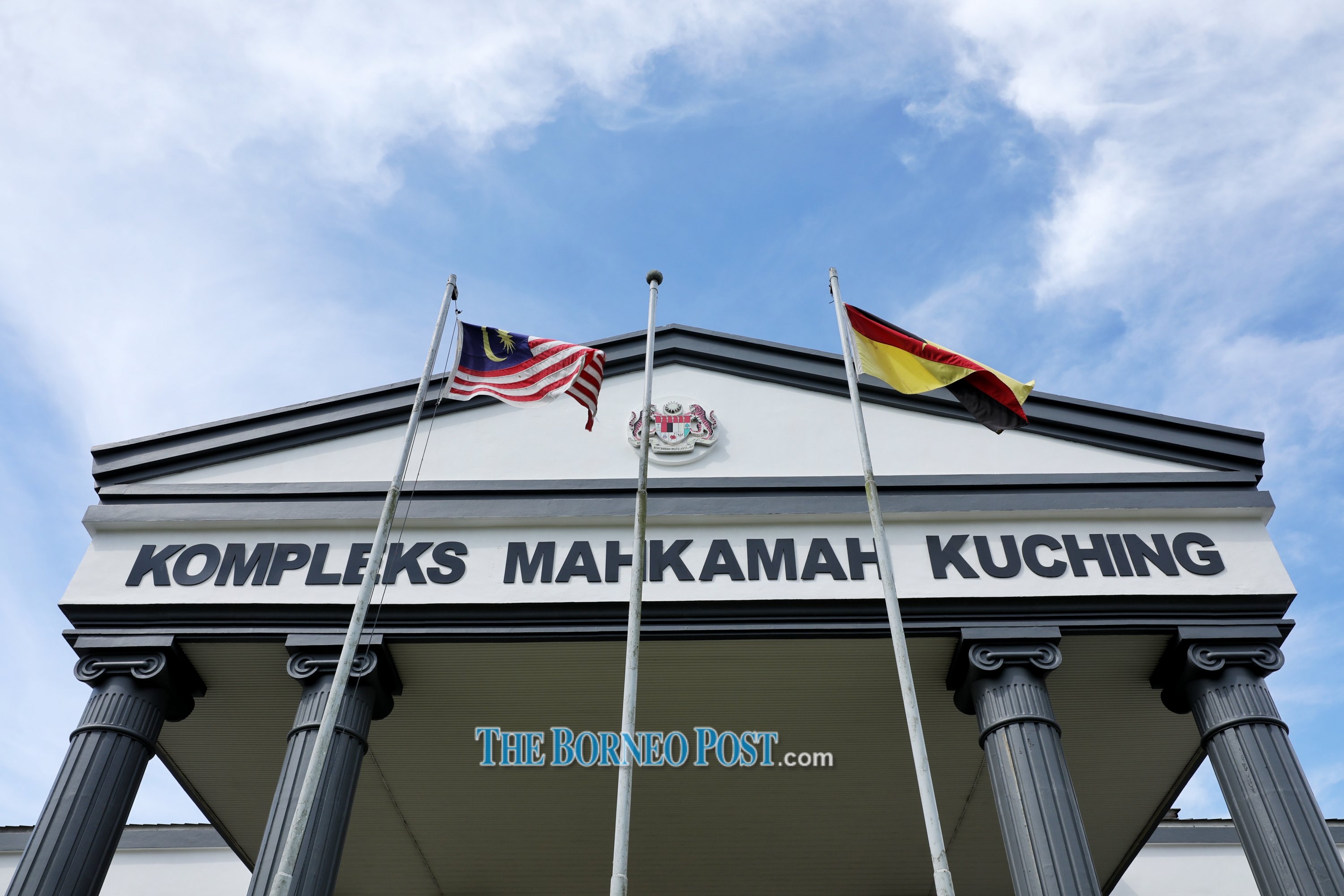ADVERTISE HERE

Abang Johari (second right) stressing a point to Sarawak delegate members at the Mitsubishi booth at the FEA 2024 exhibition in Bangkok, Thailand.
KUCHING (May 17): Sarawak has managed to reduce its grid emission intensity by 73 per cent from 2010 to 2022, says Premier Datuk Patinggi Tan Sri Abang Johari Tun Openg.
This achievement shows Sarawak’s commitment to shift towards renewable energy for the benefit of the environment and the state’s economy, he added.
He said just over a decade ago, Sarawak relied heavily on fossil fuels for its energy needs, with 92 per cent of its generations coming from these sources in 2010.
“Today, we have made a monumental shift towards renewable energy, particularly hydropower, which now dominates our energy mix,” he said in his keynote address delivered at the Future Energy Asia (FEA) 2024 exhibition and summit in Bangkok, Thailand today.
He said this shift has not only been beneficial for our environment but has also had a profound impact on our economy and society.
“Between 2010 and 2022, we managed to reduce our grid emission intensity by a remarkable 73 per cent. This achievement highlights our commitment to sustainable development, a commitment that continues to guide us today,” he added.
One of the most significant benefits of this transition is the lower cost of energy from renewables, he pointed out.
This has had a positive impact on our domestic, industrial, and export customers, providing them with affordable, reliable, and sustainable electricity, he said.
“In fact, Sarawak Energy, our implementing agency for the Ministry of Utility and Telecommunication, now offers some of the most competitive unsubsidized tariffs in Southeast Asia. What sets us apart is that our electricity is primarily green, giving us a competitive edge in the region.”.
Since 2010, Sarawak has been working hard to increase the use of renewable energy in Sarawak.
“Our efforts have paid off, resulting in our generation capacity growing by more than fourfold in 2023, reaching a total of 5,745 megawatts,” said Abang Johari, who is Minister of Natural Resources and Urban Planning.
“This growth has not only allowed us to power more homes in Sarawak but also to attract export customers and energy industry players, diversifying our revenue streams through our competitive tariffs.”
He iterated that Sarawak is committed to maintaining a higher percentage of renewable hydropower and increasing the use of alternative renewable energies, and by 2030, aims to have solar energy make up 12 per cent of its total capacity mix.
This, he added, would not only help to reduce carbon footprint but also contribute to a more sustainable and environmentally friendly energy sector.
He stressed that Sarawak is also at the forefront of the hydrogen economy, setting a new standard for sustainable energy in Malaysia and Southeast Asia.
Sarawak is making significant strides in developing hydrogen technologies to achieve a greener future, he said.
Abang Johari asalso highlighted Sarawak’s robust hydrogen supply chain with two flagship projects, H2biscus and H2ornbill spearheaded by Sarawak Economic Development Corporation (SEDC) Energy at the Bintulu Petchem Industrial Park.
H2Biscus is a project that collaborated between SEDC Energy, Sarawak Energy Berhad, LOTTE Chemical, Samsung Engineering, and Korean National Oil Company (KNOC).
He said the project would harness hydropower and natural gas to produce green and blue hydrogen.
“With 7,000 tonnes of green hydrogen dedicated to Sarawak’s domestic needs, the remaining hydrogen will be converted into 1.7 million tonnes of blue and green ammonia and green methanol for export, primarily to South Korea,” he said.
H2ornbill, on the other hand, is a joint venture between SEDC Energy, Japan’s ENEOS Corporation, and Sumitomo Corporation Group.
“H2ornbill will harness hydropower to produce 90,000 tonnes of green hydrogen annually.
“A total of 2,000 tonnes will be allocated for local consumption, with the rest converted into methylcyclohexane (MCH), a liquid hydrogen carrier, for export to Japan,” he said.
Abang Johari said that these ambitious projects demonstrate Sarawak’s commitment to becoming a significant player in the global hydrogen market, leveraging its abundant resources and strategic partnerships to drive the green energy transition.
He also emphasised on Sarawak’s commitment to sustainable transportation, Kuching’s first electric bus, and electric vehicle (EV) fast charging station.
He shared further that Sarawak Energy powers Kuching’s first electric bus, which still operates today. At the same time, the EV fast charging station in Kuching was planned to launch last year, and Sarawak Energy and Gentari partnered up.
“This Direct Current Fast Charger Station is the fastest public charger in Borneo, marking a significant milestone in the region’s transition to electric mobility,” he said.
Abang Johari also shared about Sarawak H2 Hub in Tanjung Kidurong, Bintulu – a cornerstone project aimed at positioning Sarawak at the forefront of the hydrogen value chain.
He said that SEDC Energy develops this hub in collaboration with local and international partners and focuses on hydrogen production, storage, and distribution.
“It will also foster cutting-edge research and development, propelling Sarawak to the forefront of the hydrogen value chain,” he said.
Beyond transportation, he said that Sarawak envisions hydrogen as a versatile and sustainable feedstock for various industries.
One promising application he highlighted is the production of Sustainable Aviation Fuel (SAF).
“By harnessing the power of hydrogen in conjunction with renewable resources like algae oil, we can create a cleaner, greener alternative to conventional jet fuel, significantly reducing the carbon footprint of air travel,” he said.
In essence, he said, hydrogen is not merely a fuel but a catalyst for a greener, more resilient Sarawak.
“By embracing hydrogen, we are not only diversifying our energy mix but also unlocking a world of possibilities for economic growth, job creation, and environmental stewardship,” he added.








 English (US) ·
English (US) ·